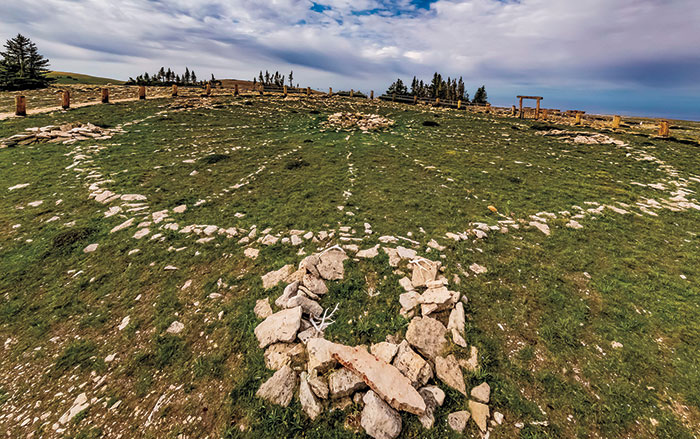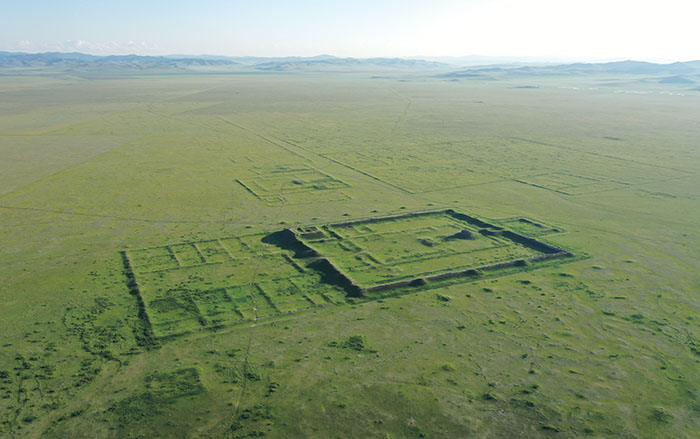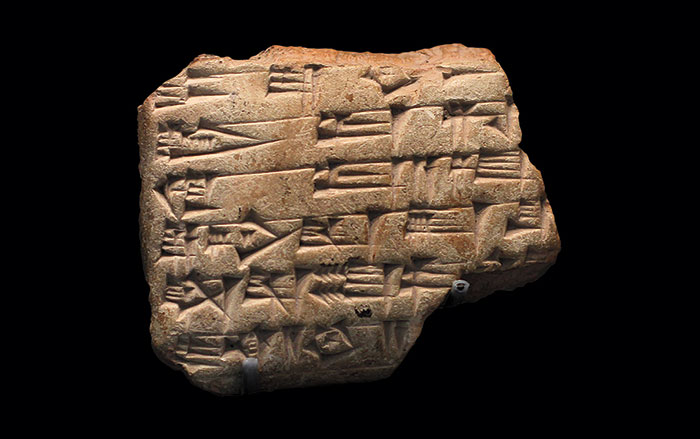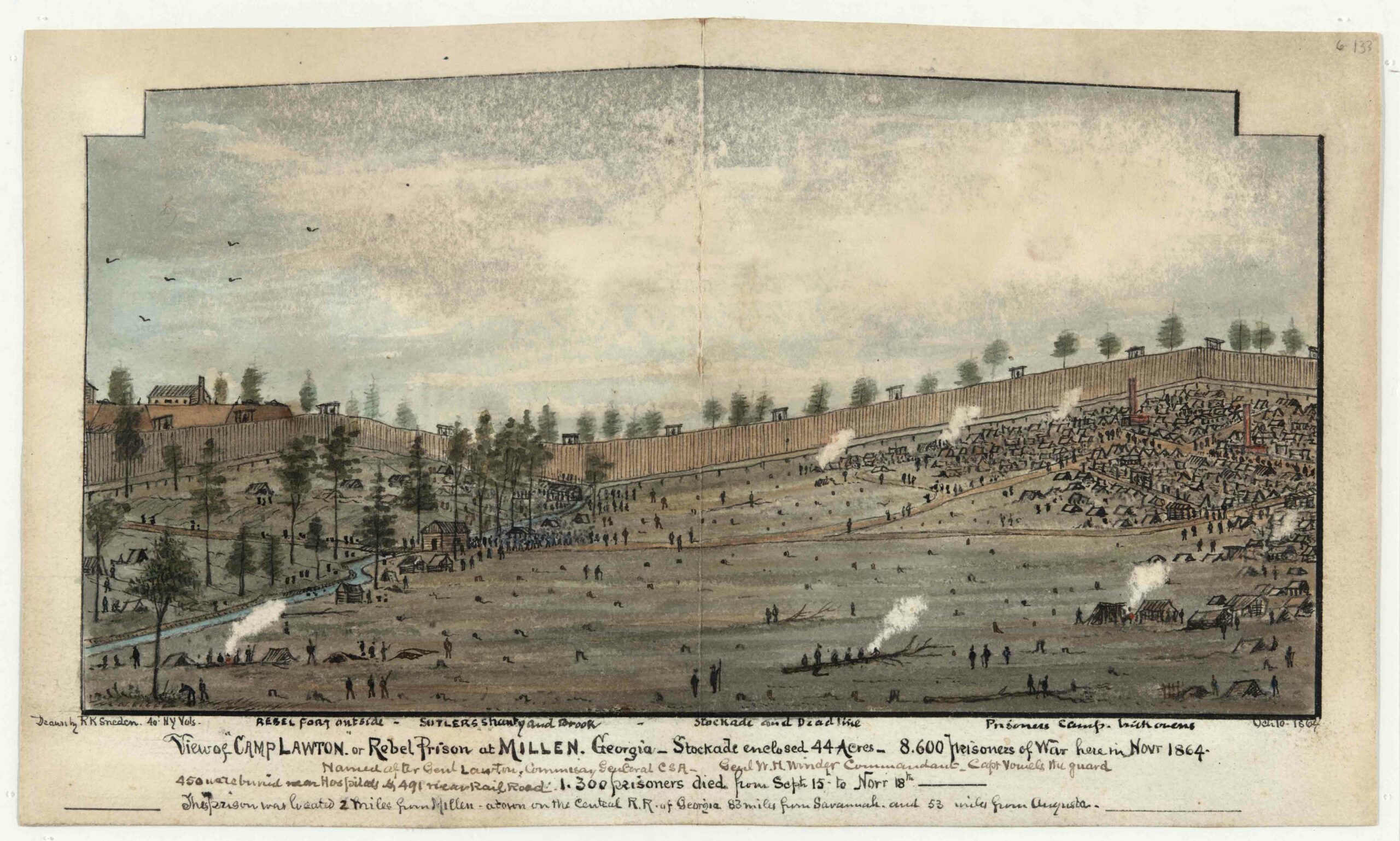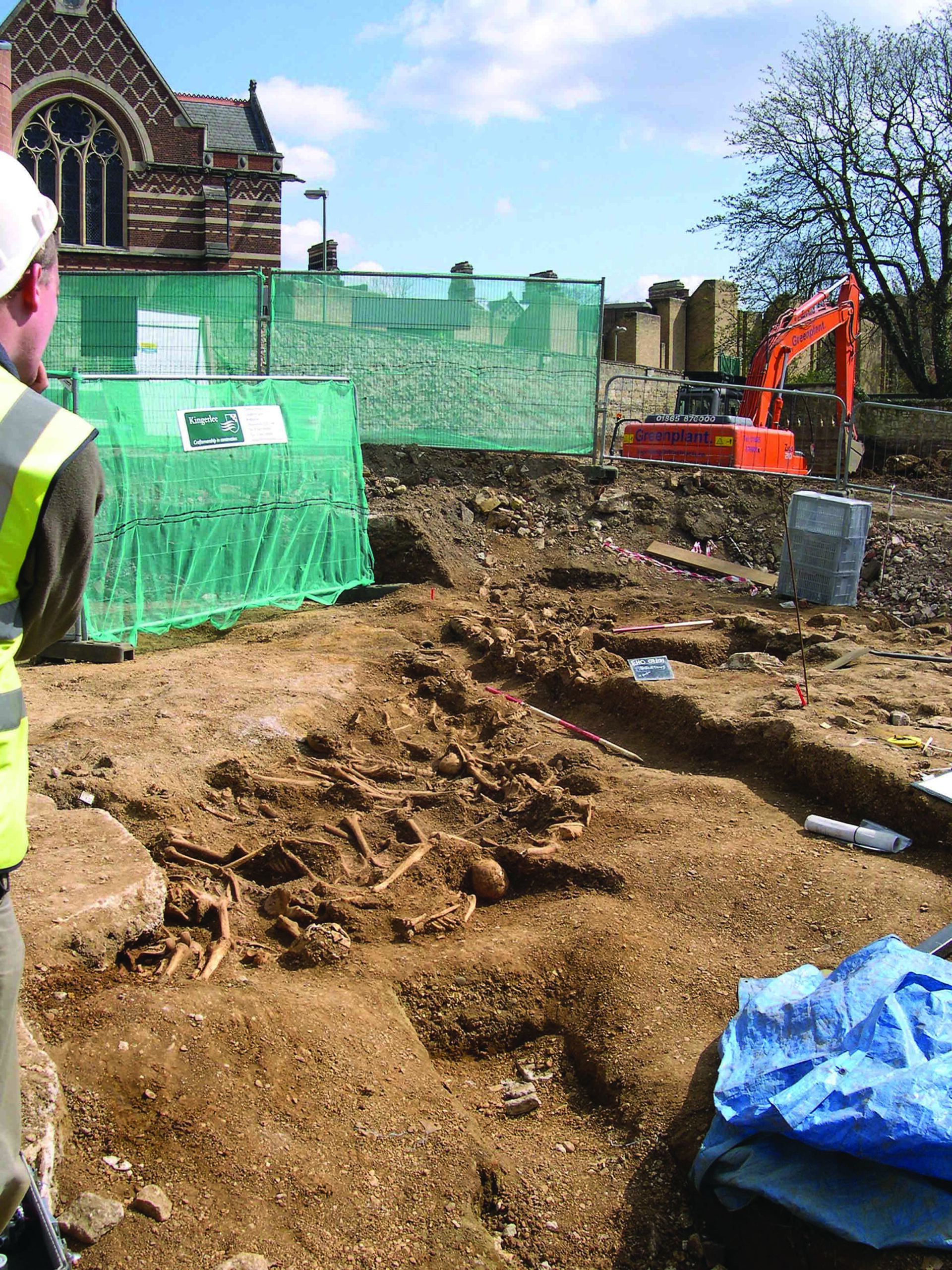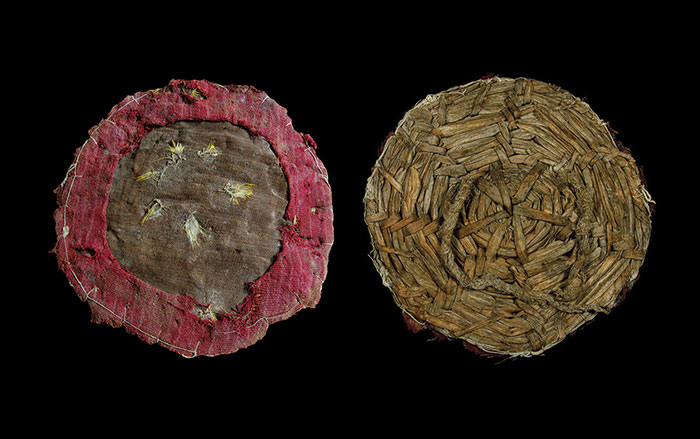
FLORENCE, ITALY—Researchers at the University of Florence have developed a process to help preserve fragile human bones unearthed at archaeological sites. Currently, bones are stabilized with vinyl and acrylic polymers, which can cause damage to the information that the bones contain. Inspired by the way sea animals strengthen their shells, Luigi Dei and his colleagues grew aragonite on skeletal fragments dating to the Late Middle Ages. The controlled growth hardened the surface and the pores of the bones, reportedly making them 50 to 70 percent sturdier. “These results could have immediate impact for preserving archaeological and paleontological bone remains,” they concluded.


